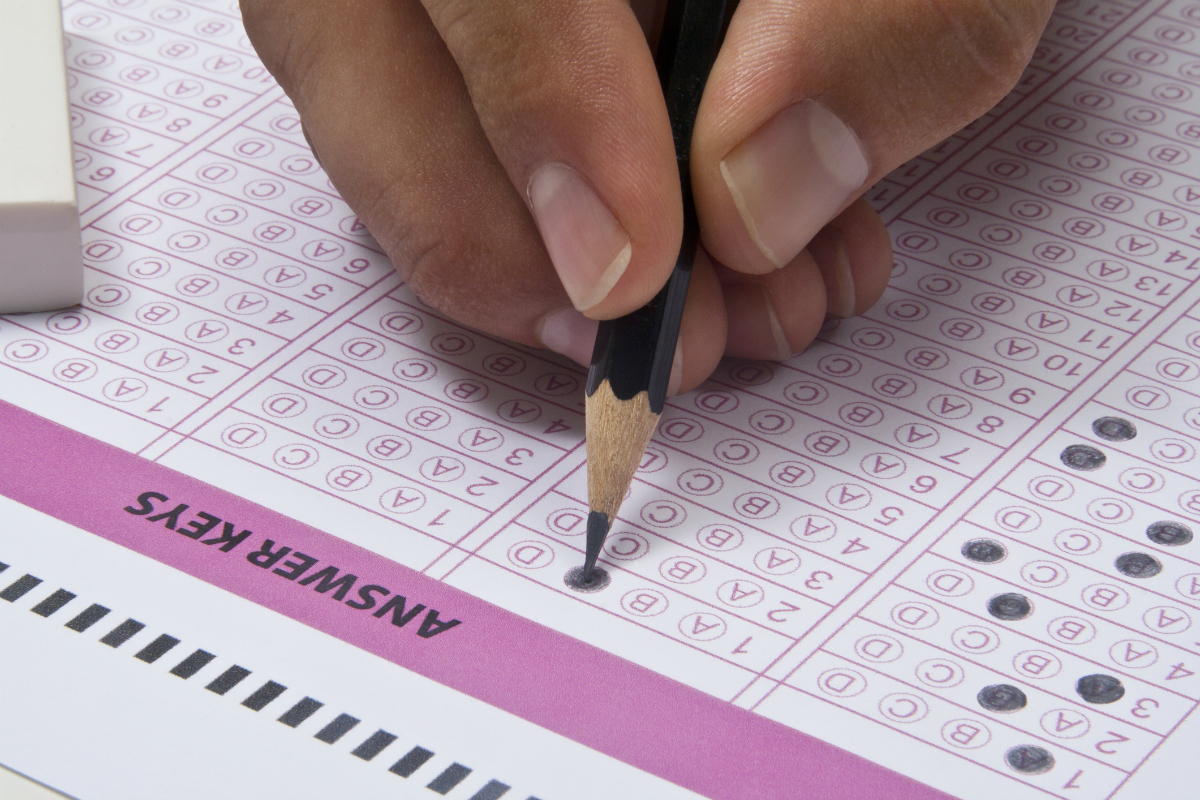A lack of meaningful data to measure the outcomes of juvenile court school students leaves stakeholders unable to identify successes and areas in need of improvement, according to the Youth Law Center’s November 2023 report, Out of Sight, Out of Mind: How California’s Education Data & Accountability Systems Fail Youth in Juvenile Court Schools.
Using data from the 2018–19 and 2021–22 academic years from California’s DataQuest and Ed Data systems and through Public Records Act requests, the Youth Law Center’s report provides an update following its 2016 report on juvenile court schools, which mainly serve students in juvenile halls or detention centers.
“California must develop metrics that require court schools and other education and juvenile justice stakeholders to be held accountable for the educational outcomes of youth involved in the juvenile justice system; this includes students whose time in a court school may only be a few days or weeks, as well as students who are enrolled in court schools for months or, possibly, years,” the report states. “A failure to design better metrics would be a disastrous choice on the part of California stakeholders to keep these students out of sight and out of mind.”
The report covers demographics and aspects of school access, academic achievement and pathways to higher education.
Demographics
There were roughly 20,000 students who attended a juvenile court school in 2018–19 and 10,891 in 2021–22, with most of them enrolled for brief periods of less than 31 days. Vulnerable student groups are disproportionately represented.
Black and Latino students made up more than 70 percent of students enrolled and foster youth, who are less than 1 percent of California’s total student population, made up more than 20 percent of those enrolled both years. More than 20 percent of youth were English learners.
Between 2018–19 and 2021–22, the percentage of students with disabilities served increased from 20 percent to 30 percent.
Data regarding young people experiencing homelessness in the juvenile court school system is inconsistent.
School access
The report’s review of school access included chronic absenteeism, expulsions, suspensions and willful defiance suspensions. “A common theme that emerged from our Public Records Act requests was the important role that probation departments played in whether students attended school while in a probation facility,” the report notes. “Instances in which probation removes or excludes students from school are not tracked in any publicly available data source.”
Since the average juvenile court school student attends for less than a month and students who attend a school for less than 31 instructional days aren’t eligible to be considered chronically absent under California’s definition, this metric can be tricky to determine. Available data did show a 13 percent chronic absence rate in 2018–19 (it was 12 percent statewide) and a 17 percent chronic absence rate in 2021–22 (it was 30 percent statewide). In both years, some court schools reported chronic absence rates in excess of 30 percent and others reported zero.
During both years, the rate of suspension was far higher than the statewide average with court schools at 9 percent in 2018–19 compared to 4 percent statewide and 7 percent in 2021–22 compared to 3 percent. Formal expulsions, on the other hand, are rare in juvenile court schools with just one occurring in 2018–19 and none in 2021–22.
The use of willful defiance suspensions is more common in court schools than public schools. In 2018–19, they accounted for 24 percent of suspensions in court schools, compared to 14 percent in traditional schools statewide. In 2021–22 they accounted for 16 percent of suspensions in court schools compared to 7 percent in traditional schools statewide.
Academic achievement
As with tracking chronic absence, it is difficult to assess achievement because measures aren’t designed to track students who only attend a school for a short time, don’t track students after they leave a school or aren’t reported due to data redaction policies (hiding data when the number of students reported is less than 10).
In analyzing available data, the Youth Law Center determined court schools had a dropout rate of 51 percent in 2018–19 and 41 percent in 2021–22. The statewide average was less than 10 percent in both years.
Graduation rates across juvenile court schools with available data hovered around 30 percent in both years. The report notes that data “struggles to meaningfully capture graduation rates for juvenile court school students.”
“We feel confident that this data shows that there are continued issues with ensuring that juvenile court school students graduate from high school, but do not find the available data particularly helpful in determining what, exactly, those issues are,” the report states. “We believe that continued conversation is necessary to capture and communicate the graduation rates of juvenile court school students, and to provide accountability for all entities that bear responsibility for the educational outcomes of juvenile court school students and youth in the juvenile justice system more broadly.”
All students deserve pathways to higher education. Since Youth Law Center’s 2016 report, significant policy changes include $15 million in ongoing funding from the state budget for community college programs focused on providing in-custody and on-campus education for youth impacted by the juvenile justice system and legislation that guarantees high school graduates in juvenile justice facilities access to online public college courses and encourages county offices of education to offer financial aid and college counseling to youth as a component of their transition plans.
“However, close attention must be paid to the implementation of these programs and investments to ensure that access is granted equally to all youth, regardless of the county or facility in which they reside,” the report notes.





